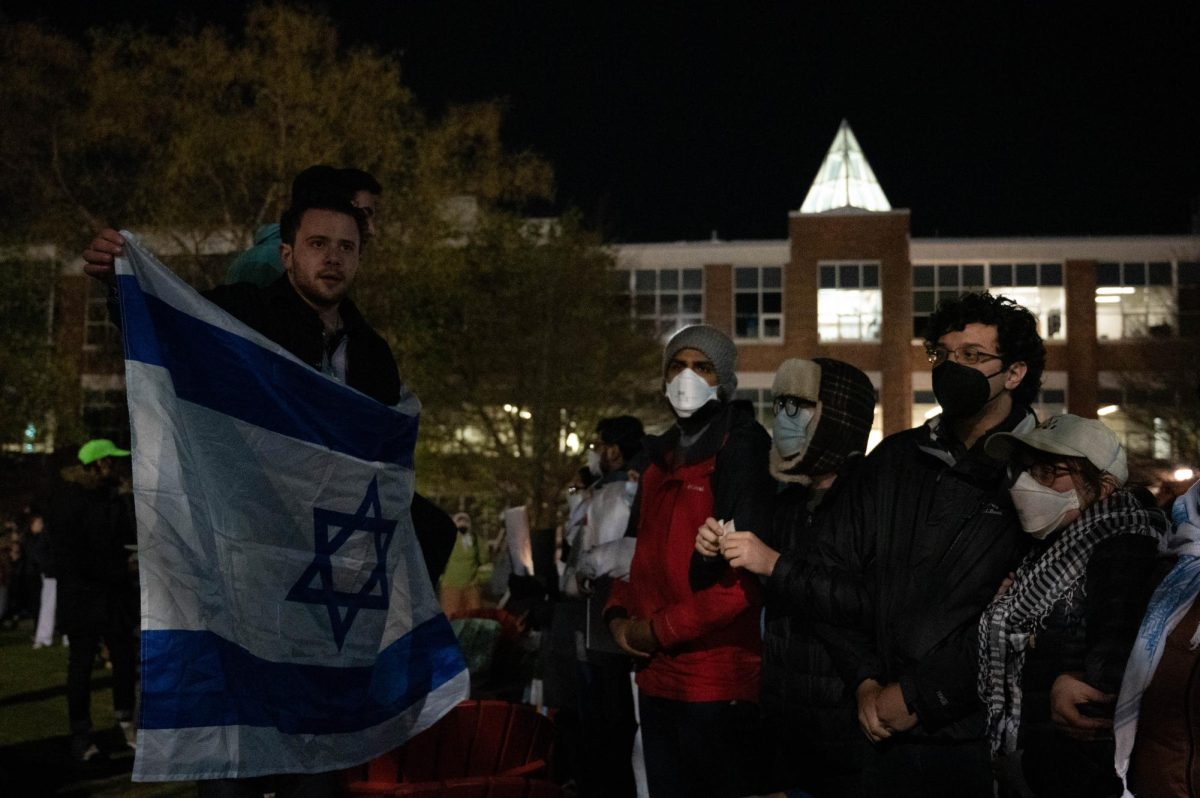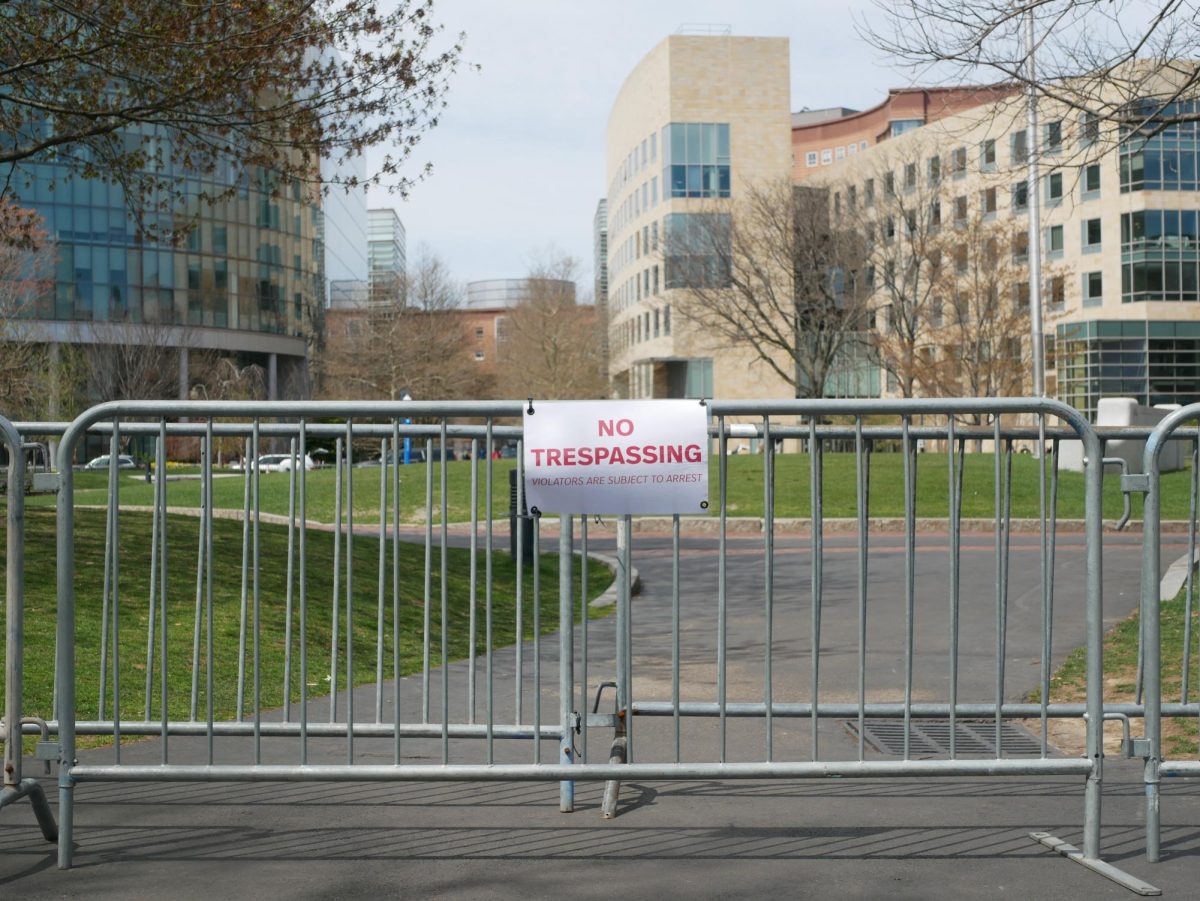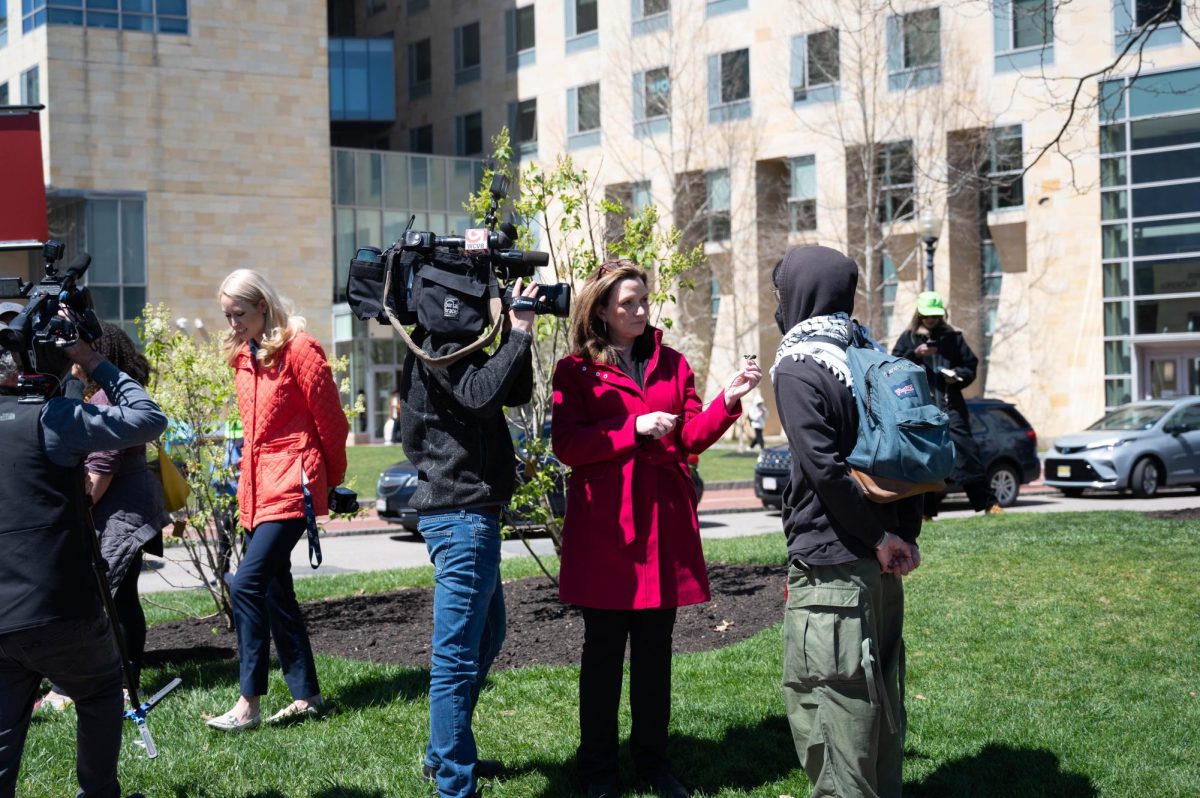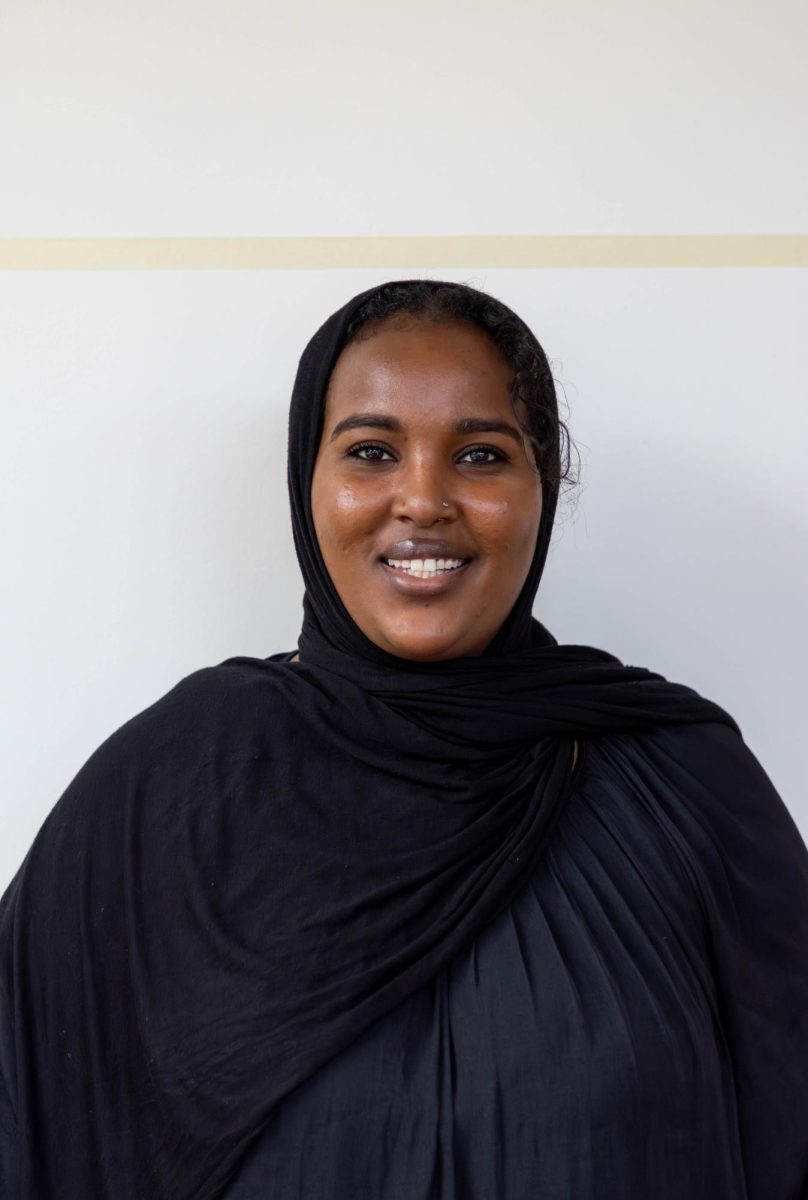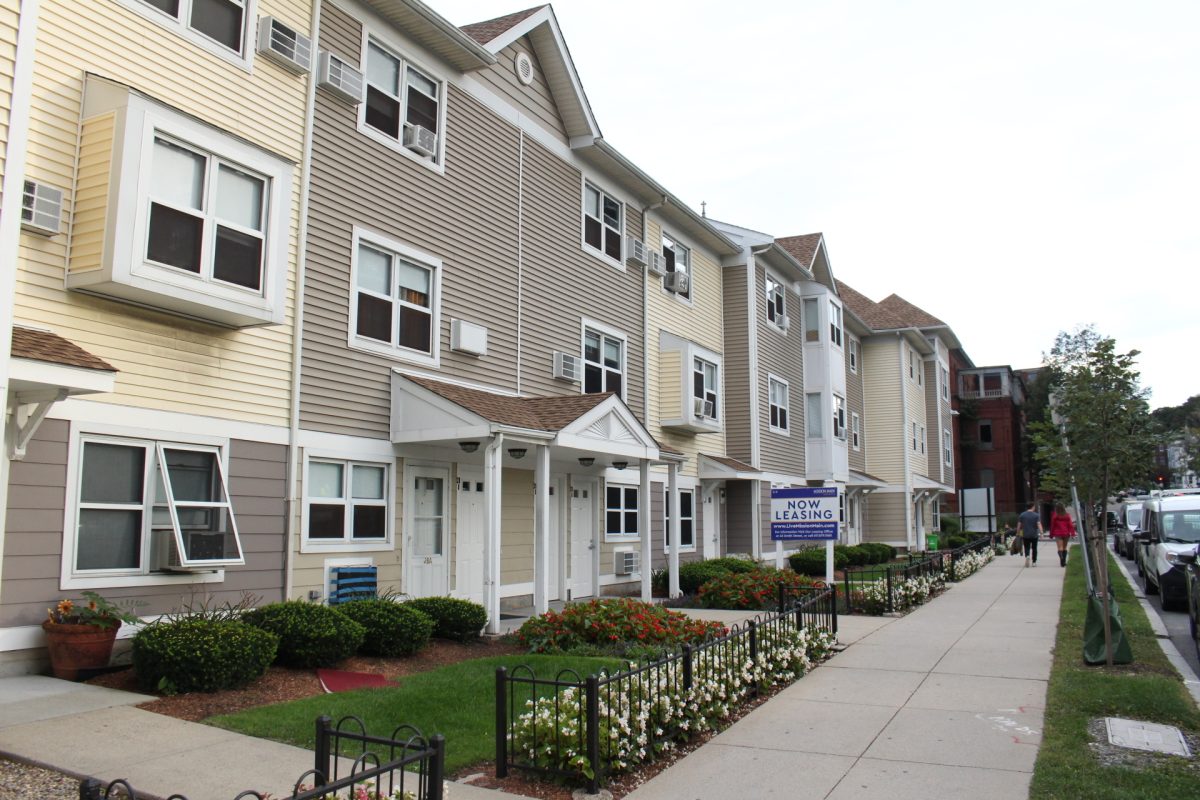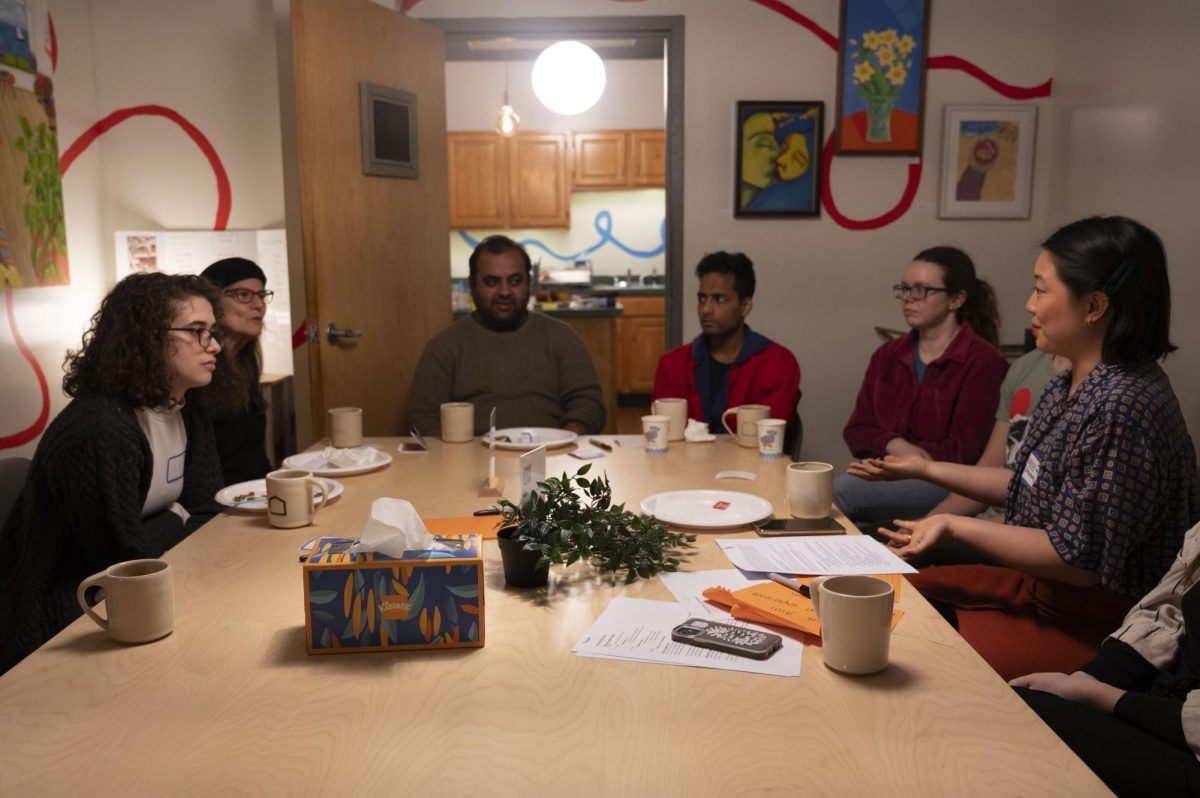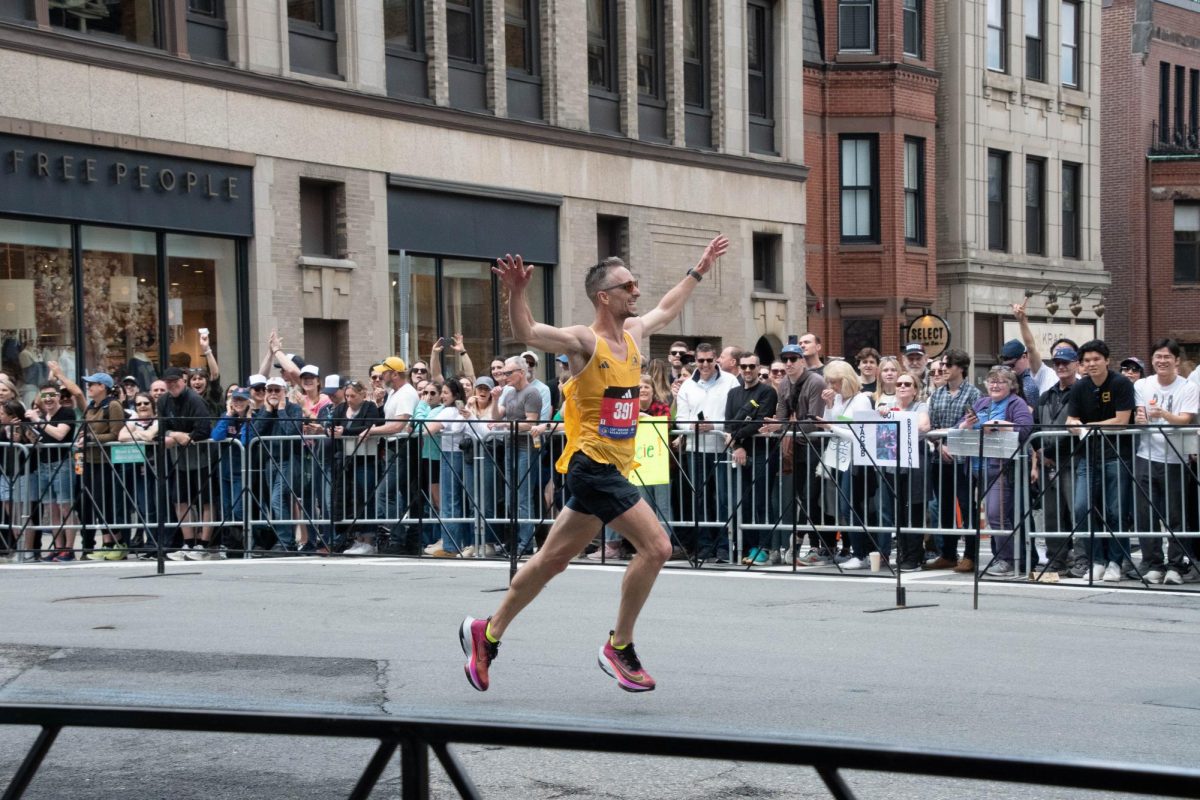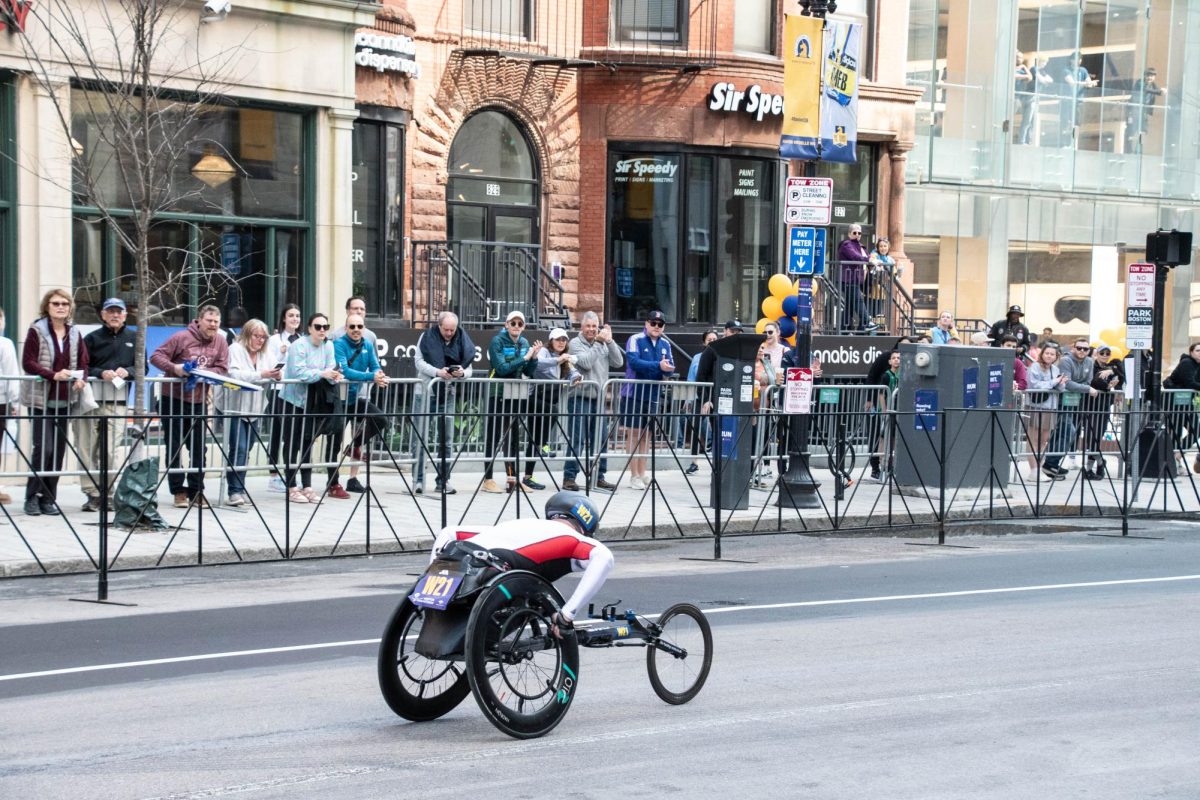By Emma McGrath, News Correspondent

News Photo/Matt Greene
A smart phone application called CultureNOW is bringing Boston to life in new and exciting ways. Aptly termed the “museum without walls,” CultureNOW is designed to encourage cultural tourism and foster arts education by mapping artistic, architectural and historical sites within major cities.
CultureNOW offers two versions – a free app of Lower Manhattan, and a more content-packed version featuring more than 15,000 photos from 9,300 sites in cities across the United States, including Boston, which costs $1.99 from the iTunes store. Users can also explore cities with walking tours, and hear the voices of artists and architects in over 200 podcasts. With 64 public art collections from cities spanning the United States, CultureNOW is the largest digital repository in the country.
Abby Suckle, a New York-based architect and president of CultureNOW, said the project began in the wake of 9/11.
“We were thinking, ‘How do you get people back downtown?’ There were a lot of physical maps made of Lower Manhattan,” she said. “Then we made a public art map, and then we made a map of Harlem, and the idea became, ‘How do you make the whole environment comprehensible?’”
Suckle and her team soon discovered the possibility of producing content that enabled users to face a building or artwork and, using their smart phones, listen to a podcast by its architect or artist.
“You can stand in front of something and see the history of what happened in the place, and we have a lot of original pictures and drawings of things,” Suckle said. “You’re not limited by what exists now. You can look at how it was. It’s like a museum of life.”
Ryan Kelley, a freshman political science major, said the idea intrigued him.
“It sounds wicked interesting, like a cool way to explore Boston and find out things you wouldn’t normally know,” Kelley said.
Amanda Nagler, an undeclared freshman, echoed his interest.
“I would spend $1.99 on the app. It supplies you with information and history in an easy-to-access and, all things considered, cheap manner,” she said. “It sounds like a great thing to have when you’re living in a city with as much history as Boston.”
August saw the premiere of the Boston app, the result of collaboration between partners, advisory councils, staff members and interns, including four students in Harvard’s Graduate School of Design. Ingrid Bengtson, a master of architecture candidate at Harvard, was one of them.
“Our main task was gathering the content,” she said. “Reaching out to architects and public artists, going to their offices and interviewing them about their projects.”
Bengtson said students and residents who use the app might be surprised by the complexity and purpose behind buildings and artworks they see every day.
“A lot of times, you see these architecture projects or really cool pieces of art and you say, ‘Wow, that’s awesome,’ but when you’re just passing by, you might not necessarily think about all the thought that went into it,” she said. “It’s a really great way to get a better sense of history and context, and the really deep ideas that are going on behind that cool form.”
She also said Boston’s architecture is more dynamic than it seems.
“You know, when you think of Boston, you think of the Freedom Trail, and colonial brick buildings, but what this whole experience provided for me was a view of the complex layers of history and thought that are here,” Bengston said. “There’s a lot of progressive design thinking that goes far beyond a traditional view of the city.”
Bengtson emphasized, however, that with around 400 entries for the city of Boston, the work at CultureNOW has just begun.
“That’s just what we’ve gathered in one summer,” she said. “This is an ongoing project. We hope to keep up the momentum.”


